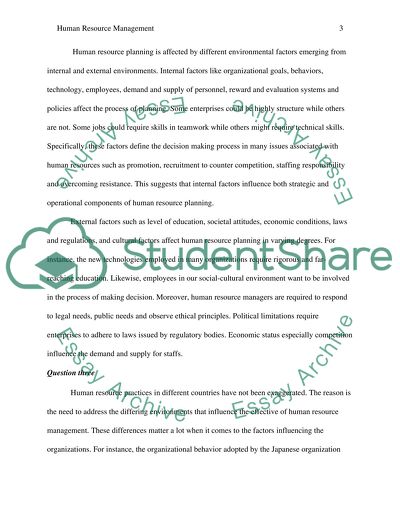Cite this document
(“Human Resource Management Essay Example | Topics and Well Written Essays - 1250 words - 2”, n.d.)
Retrieved from https://studentshare.org/human-resources/1395411-hrm
Retrieved from https://studentshare.org/human-resources/1395411-hrm
(Human Resource Management Essay Example | Topics and Well Written Essays - 1250 Words - 2)
https://studentshare.org/human-resources/1395411-hrm.
https://studentshare.org/human-resources/1395411-hrm.
“Human Resource Management Essay Example | Topics and Well Written Essays - 1250 Words - 2”, n.d. https://studentshare.org/human-resources/1395411-hrm.


